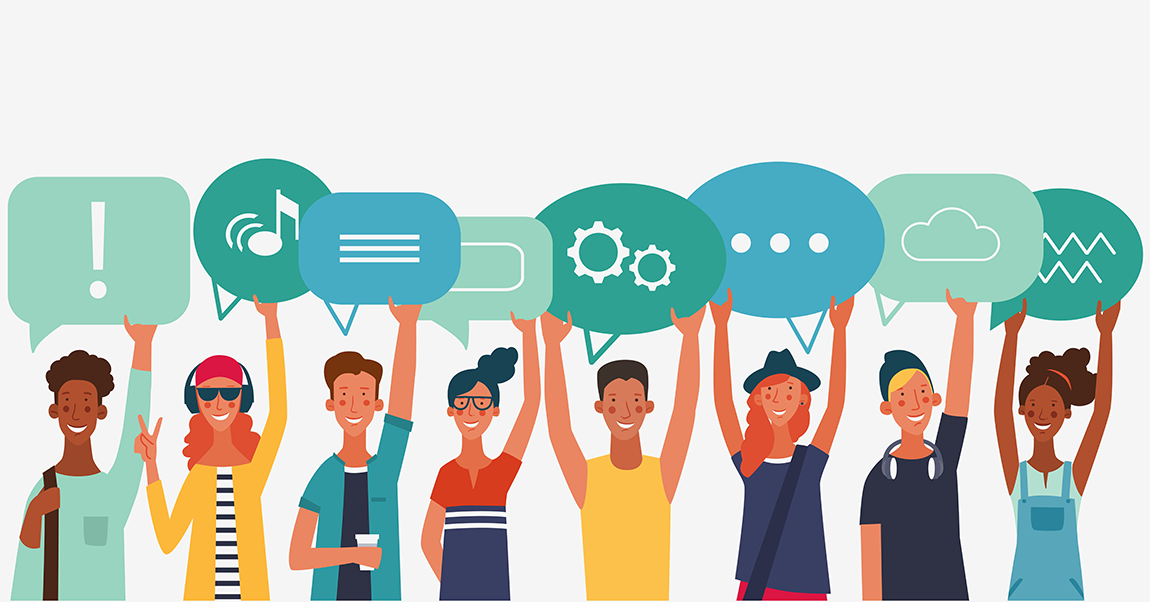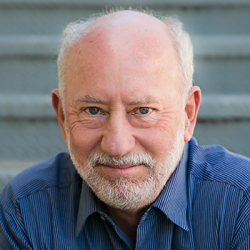January 6, 2020
Posted in General PBL

Happy 2020, everyone, and here's to the growth of PBL!
In 2019 Project Based Learning continued to become a fixture, not just a fad, in modern education. Nice to see.
At this time last year I crowd-sourced a list of resolutions sent by educators around the world for improving their practice of Project Based Learning. In 2018 I gave my own list of hopes for PBL—all of which still hold true today, so I urge you to check that out.
For this year, I asked the staff at PBLWorks for their ideas about what teachers and school leaders could resolve to do:
From Becky Hausammann, National Faculty Senior Manager:
- Teachers: Calendar designated time for student reflection within your upcoming project and stick to it.
From Gina Olabuenaga, Director of Curriculum:
- Teachers: Include students in the use of assessment to inform actions, which includes determining the appropriate level of cognitive demand in the project.
- Teachers: Learn something new about your students to deepen your relationships with them and use it to inform the design or implementation of your upcoming project.
From Rhonda Hill, Director of District and School Leadership:
- Leaders: Recognize (and celebrate) the less-flashy stuff; do not highlight only the “ta-da!” at the end of a project. Talk about the process, and the deeper learning and success skill development that takes place in PBL. When some teachers see that the big "show" is what gets elevated, they might see less access to PBL for instruction because they are turned off by the perceived effort of having something big and showy at the end.
- Leaders: Walk your talk; use the Essential Project Design Elements in your plans for staff learning. For example, frame a challenge or goal as a "driving question" and generate a list of staff "need to knows" for inquiry to answer the question.
- Teachers: Pinky promise to use protocols—for getting feedback on your project design before you launch it, looking at student work mid-stream, and reflecting on process and products at the end.
From Stanley Richards, Digital Curriculum Manager:
- Teachers: Don't skimp on the reflection. It is not only the thing to do at the end of a project. Students can reflect on the process of learning and the content on a daily basis.
- Teachers: Do the project! Put yourself in the shoes of a learner and try out the project yourself with that lens. If it is difficult for you, consider what scaffolds your students would need to make it easier.
- Teachers: Don't be afraid to let go of the reins. Learning isn't always you delivering. Give time and space for students to discover and reflect for themselves.
From Dinah Becton-Consuegra, Director of Partnership Development:
- Leaders: Celebrate antiracist projects whenever and however possible (PD, newsletters, public spaces).
- Teachers: Use antiracist frameworks and a pedagogy of equity as an overlay to our frameworks for Gold Standard PBL.
- Teachers: Create systems to allow students to be leaders of their own learning in all project design elements.

